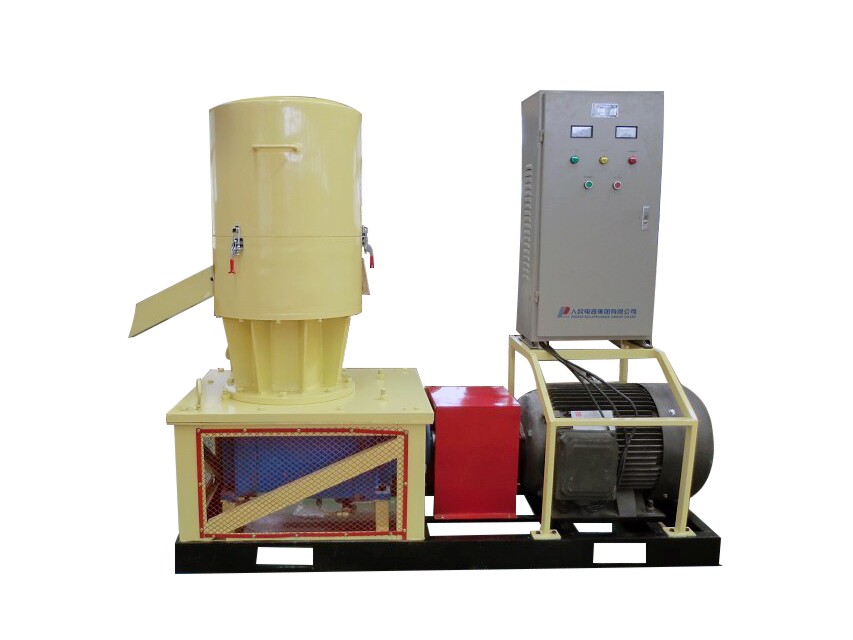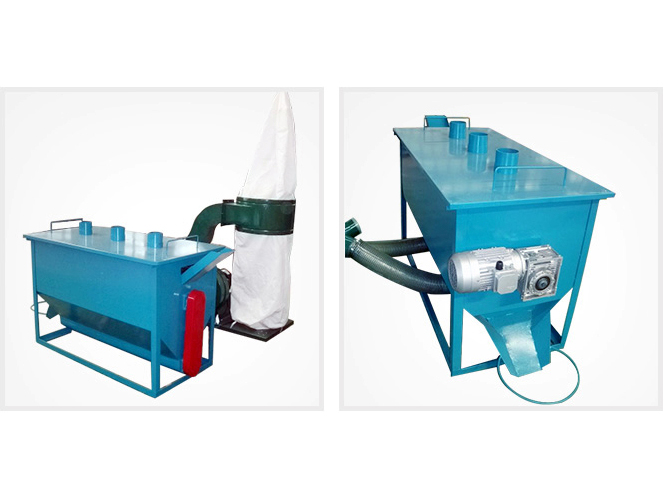
integrated cooling screen for pellets
GMC-LQSF50 integrated cooling screen for pellets is specially designed for cooling and separating feed pellets and biomass pellets from debris and dust. It is mainly composed of cylinder cooling sieve and dust collecting bag.
The integrated cooling screen for pellets is featured by high separating rate, low noise, easy operation and maintenance, little dust, and long service life.

Technical Parameter of GMC-LQSF50 Integrated Cooling Screen
| Type | Capacity (kg/h) | Power (kw) | Weight (kg) | Dimension (mm) |
| GMC-LQSF50 | 350-400 | 0.75 | 175 | 1580*680*945 |
Working Theory
Put pellets into the hopper of the integrated cooling screen. As the screen tilts and rotates, it separates pellets from pellets’ debris and other dust. The well-formed pellets come through the screen’s outlet along the its rotating direction. And you can put a packing bag to collect them. Pellets’ debris and other dust will be sucked into the dust bag via induced draft fan and exhausting pipe. Meanwhile, the induced draft fan cools pellets that have high temperature. The auger device under the integrated cooling screen transmits pellets’ debris and dust into the exhausting pipe which ensures the cooling screen separates pellets from pellets’ debris and dust completely.
Dust collecting bag is mainly used to collect debris and dust via its induced draft fan. It can effectively reduce dust’s density in the air, and ensure the cleaness of working environment.
Dust collecting bag has good mobility and reduces dust effectively. It is indispensible in dusty environment. Moreover, it is cost-effective and helps a lot to reduce power consumption.

Technical Parameter of Dust Collecting Bag
| Power (kw) |
Airflow (m³/h) |
Connecting Pipe (mm) | Dimension of Dust Bag (mm) | Dimension (mm) |
| 2.2 | 2300 | 2×Ф100 | Upper 4×Ф320×1200 | 1700*900*2000 |
| Down 4×Ф320×600 |
Working Theory
After entering dust collecting bag, the dust goes into each chamber along diversion pipes. Large particles of dust fall down directly into ash hopper, other smaller particles of dust goes into the dust collecting bag in each chamber evenly along airflow. When air containing dust passes through the dust collecting bag, the dust is absorbed, while purified air comes out of the bag.



